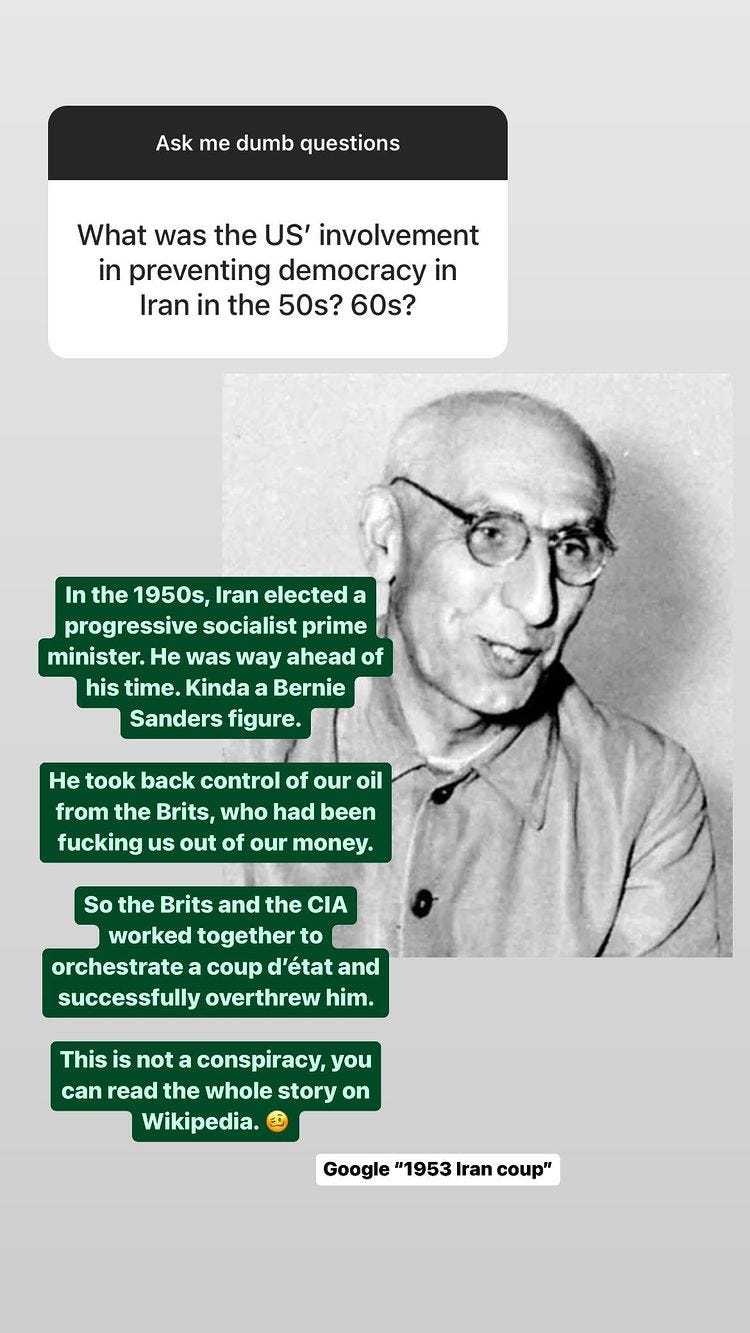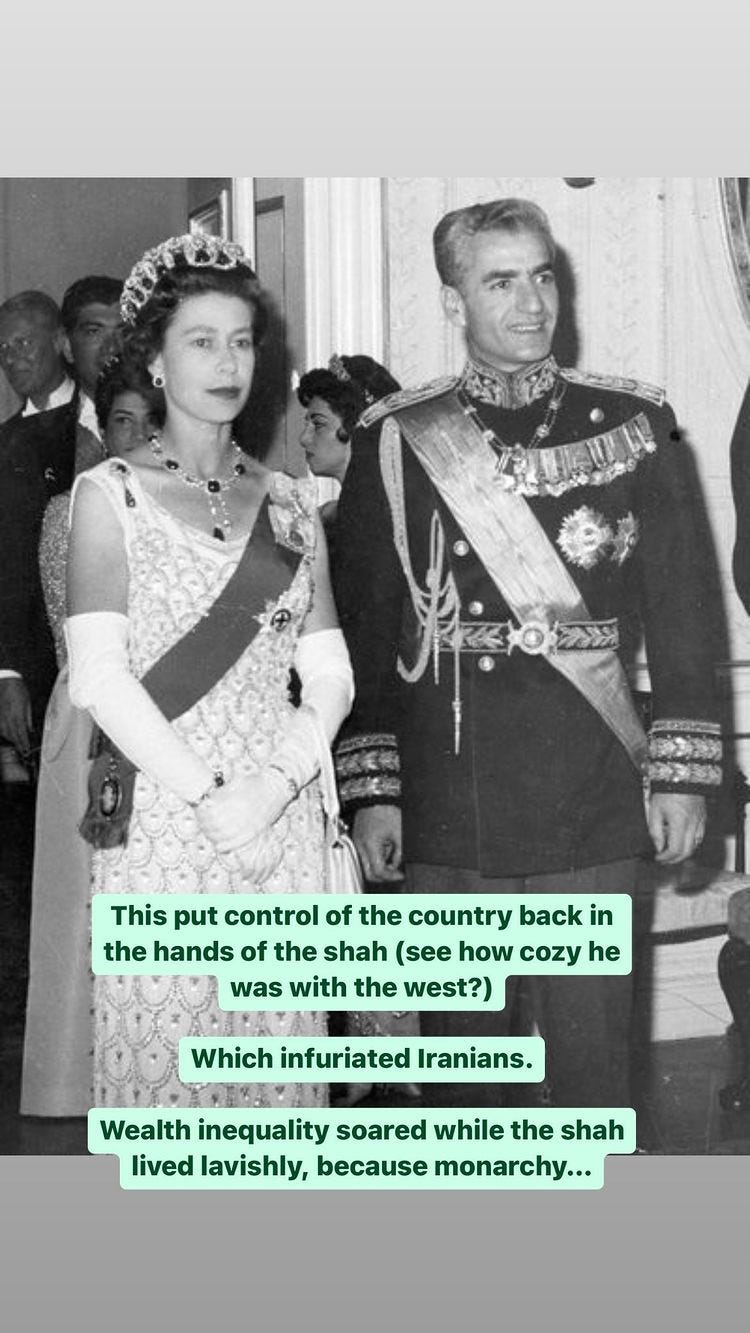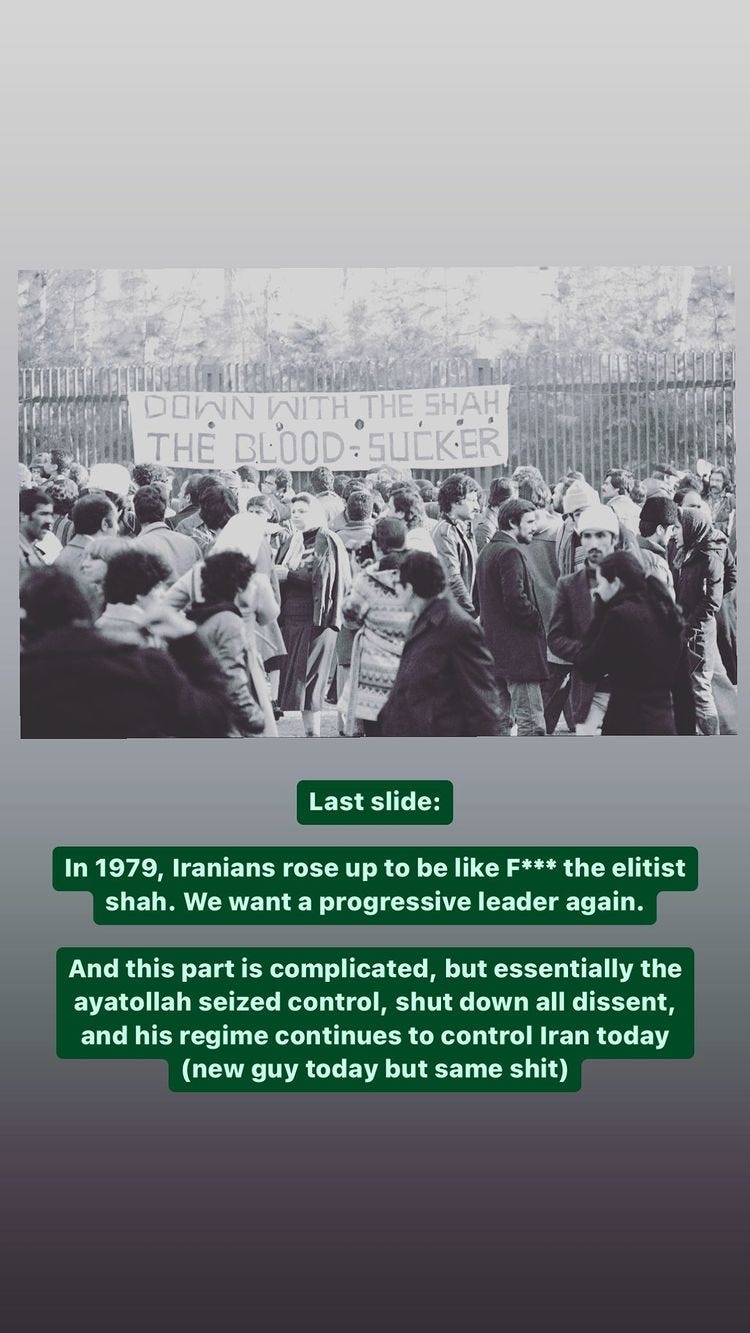recently read: the stationery shop
03: “the past was always there, lurking in the corners, winking at you when you thought you’d moved on.”
Knowing what book someone is reading and what parts they resonate with most can be so intimate. It reveals their interests, where their head is at, and what excerpts are so significant that they will mark up a page because they think it’s worth revisiting at a later time. Personally, I’m fascinated by what books others gravitate towards and I find that it helps me get to know them better and gives me a small glimpse into who they are at their core. No one asked for these book reviews, but maybe it’s my way of showing who I am and what I’m interested in – beyond the clothes, the products, and my career. Or at the very least, encourage some to look up from their phones and instead towards the pages of a good book.
Book no. 20 of 2022
The Stationery Shop by Marjan Kamali
One of my favorite books I’ve read this year. It was a page turner – one I finished in a few days. I cried, smiled and felt happy and sad at the same time once done. It’s a beautiful love story with history woven in. It takes place in 1950s Iran, following two teenagers who fall in love in a bookshop. It gave me the same feelings I got from the romance books I read when I was a lovesick teenager (Nicholas Sparks, anyone?), except this book is much better, highlighting culture and history. It’s truly insane how much more I learn about the world and important historical events through books written by people of color compared to the nationalistic history books I had to read in school.
I actually finished this book a couple months ago. It’s one I highly recommend – especially now. It’s set against the backdrop of the Iranian Coup in 1953, which the United States was heavily involved in, as they “ousted the democratically elected prime minister” in order to destabilize their government over oil. This ties into what is happening today, with the women of Iran leading a revolution to overthrow the current regime. I asked @nicolenajafi, who has been such a great resource at this time and who can explain much better than I can, about how the coup in 1953 has resulted in what we’re seeing today. She explained it in the slides below:
When asked why she chose this particular moment in history as the central event in her book, author Marjan Kamali said, “Writing about 1953 Iran showed me how so much of the past feeds the present, and how political themes/regimes have an eternal recurrence.” I would say reading her work has done the same for me.
To learn more about the Iran Revolution, I suggest following people who have provided important information and resources: Nicole Najafi, Hoda Katebi, Nicolette Mason and more.
Keep reading with a 7-day free trial
Subscribe to no one asked by jordanrisa to keep reading this post and get 7 days of free access to the full post archives.






